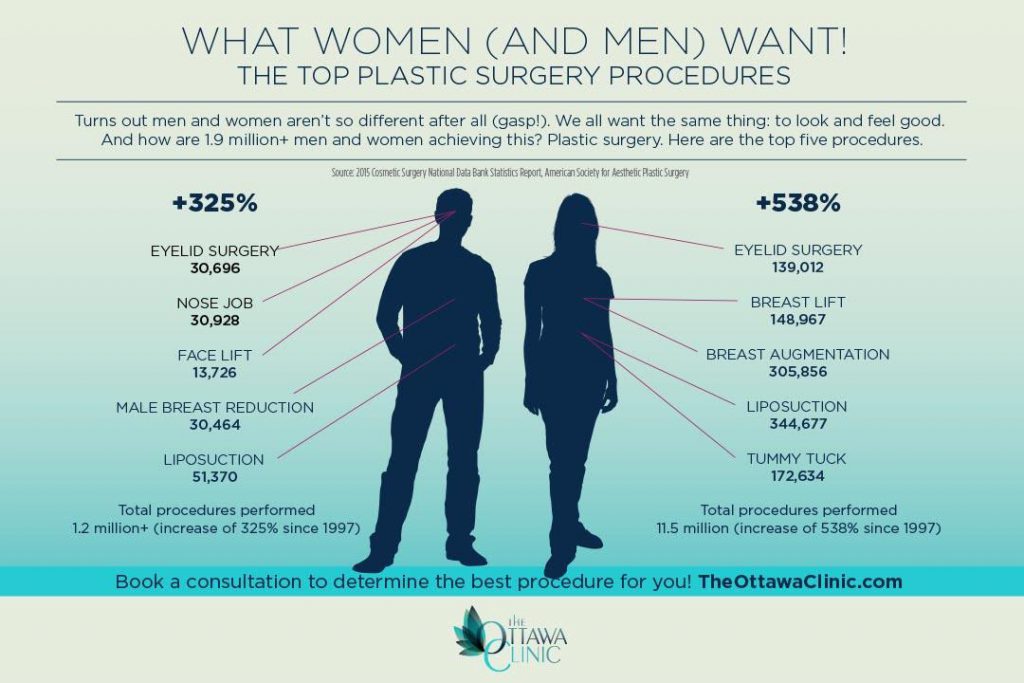Essential Oils That Reduce Acne
Essential Oils That Reduce Acne
Blog Article
Hormone Acne - What is Hormone Acne?
Hormone acne is defined by stopped up pores and oily skin that commonly shows up on the chin and jawline. It happens when hormonal adjustments trigger swelling and microbial overgrowth within hair follicles.
Outbreaks might look like whiteheads, blackheads, papules or pustules and cysts or nodules in much more serious cases. It is much more typical in teenagers experiencing the age of puberty yet can impact grownups of any age.
What Creates Hormonal Acne?
While acne can be brought on by a range of variables, including using hair and skin care items that aren't oil-free or made with ingredients that could obstruct pores, genetic tendency, diet,2 and stress, the source is changing hormonal agents. Hormone acne occurs when the body experiences hormonal modifications and changes that bring about an overflow of sebum, which causes inflammation, enhanced growth of bacteria and modifications in skin cell task.
Hormone acne is commonly located on the reduced jawline, cheeks and neck but can appear anywhere on the body. It is defined by imperfections that are cystic, unpleasant and filled with pus or various other product. It is additionally more likely to occur in women than males, specifically throughout adolescence, the menstrual cycle, pregnancy or menopause.
Age
While many kids experience acne at some point throughout puberty, it can continue to pester adults well into adulthood. Known as hormonal acne, this kind of outbreak is connected to changes in hormones and is usually most common in women.
Hormone acne takes place when oil glands create excessive sebum, which blocks pores and traps dead skin cells. This leads to the development of imperfections, such as whiteheads, blackheads and papules, pustules, cysts or blemishes, deep under the surface.
This type of blemish often creates discomfort, inflammation and inflammation. It might additionally be intermittent and appear around the same time every month, such as right prior to your period starts. This is because degrees of women hormones like progesterone and oestrogen fluctuate with each menstruation.
Menstruation
Hormonal acne typically shows up in the lower part of your face, along the jawline and cheeks, as whiteheads, blackheads or inflammatory pimples (acnes and cysts). It's more than likely to appear around the time when your menstruation modifications.
Especially around ovulation, when estrogen and progesterone degrees get on the increase, hormonal agent variations can trigger breakouts. Yet it's likewise feasible to obtain acne at any type of point throughout your 28-day menstrual cycle.
If you notice that your hormone acne flares up right prior to your period, try seeing when precisely this happens and see if it connects to the phases of your 28-day menstrual cycle. This will certainly help you determine the source of your skin troubles. As an example, you might want to work with balancing your blood sugar and eliminating high-sugar foods, or consider a prescription drug like spironolactone that can control your hormones.
Maternity
Growing a child is a time of remarkable hormonal adjustments. For many females, this includes a flare-up of hormone acne. This kind of breakout normally begins in the initial trimester, around week six. It's caused by hormone surges that boost sebaceous glands to make even more oil, which can clog pores and trigger more microorganisms to build up.
Outbreaks may likewise occur as a result of pre-existing problems like polycystic ovary syndrome, which can additionally be an issue while pregnant and menopause. Also, some sorts of birth control pills (such as Ortho Tri-Cyclen and YAZ) can cause hormonal acne in some females.
Fortunately, most acne treatments are "no-go" for expectant ladies (consisting website of popular acne-fighting active ingredients such as isotretinoin and spironolactone). But if you can not prevent those aggravating bumps, your physician might recommend dental erythromycin or cephalexin, which are safe while pregnant.
Menopause
As women come close to menopause, the estrogen levels that created their hormone acne to flare throughout puberty start to maintain and decrease. At the same time, nevertheless, a spike in androgens (also referred to as male hormonal agents) occurs since these hormonal agents can't be exchanged estrogen as effectively as previously.
The unwanted of androgens can trigger oil production by the sweat glands, which obstructs pores. When the blocked pores come to be inflamed and inflamed, an acne forms.
Hormone acne is generally seen on the face, especially around the chin and jawline, yet it can occur on the neck, back, shoulders, or upper body. This type of acne has a tendency to flare in an intermittent pattern, similar to the menstruation. Stress and anxiety, which enhances cortisol and tosses hormonal agents out of balance, likewise adds to the breakouts.